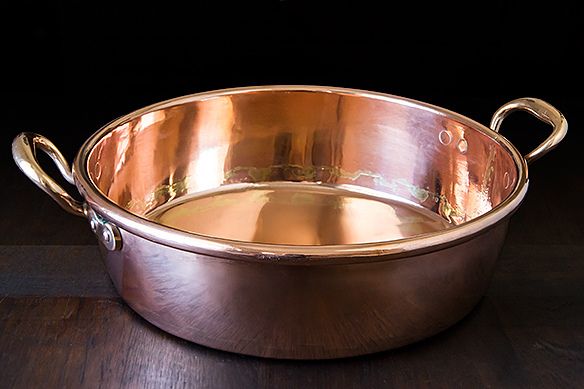
On our new weekly podcast, two friends separated by the Atlantic take questions and compare notes on everything from charcuterie trends to scone etiquette.
Listen NowPopular on Food52
4 Comments
Debbie H.
February 24, 2014
Love the history of food and the true impact it has on all we do socially, emotionally and overall how it's history shapes what we do and that we think we are adventurous until you research and find out that the food eaten in previous years was really adevnturous. Keep these articles coming. Wonderful
Sunday@FIve
February 23, 2014
where can I find the recipes in English? DO you happen to know where else I can find other Medieval recipes Thanks
Colleen W.
February 23, 2014
Sunday@Five: There's a link in my article. Just in case it's not coming through, here it is again: http://www.amazon.com/The-Art-Cooking-Cookery-California/dp/0520232712/ref=sr_1_1?ie=UTF8&qid=1389111850&sr=8-1&keywords=the+art+of+cooking
As for where to find other medieval/Renaissance recipes, try this one, from U/Chicago: http://www.amazon.com/The-Medieval-Kitchen-Recipes-France/dp/0226706850
As for where to find other medieval/Renaissance recipes, try this one, from U/Chicago: http://www.amazon.com/The-Medieval-Kitchen-Recipes-France/dp/0226706850


See what other Food52 readers are saying.